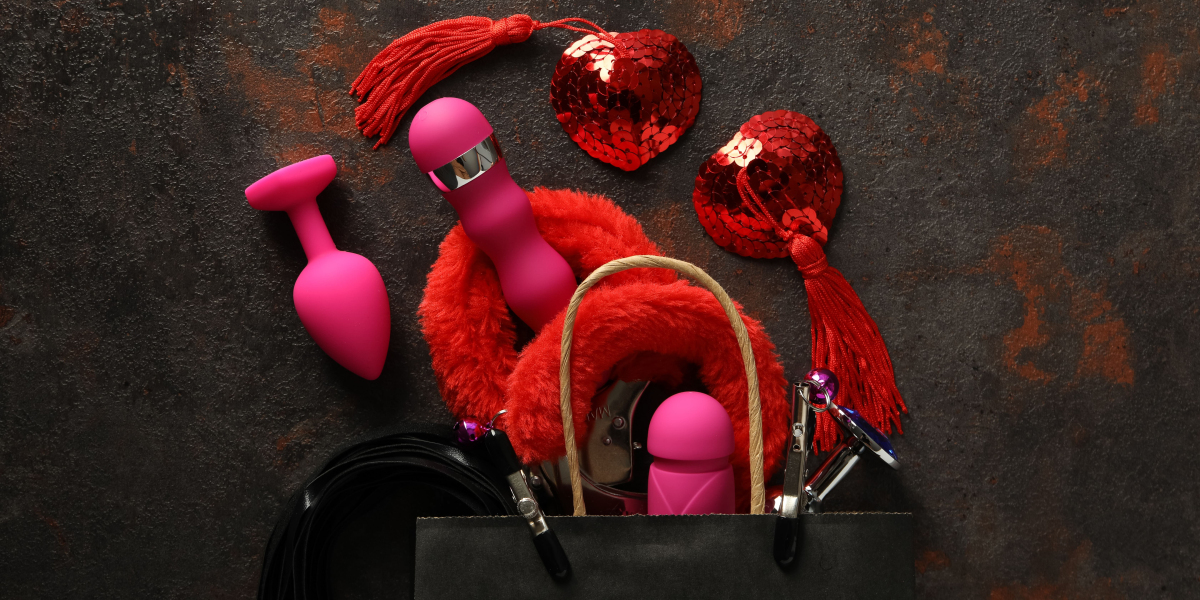Unlock the Secrets to Flawless 3D Printing: Master the Art of Preventing Print Failures!
3D printing has revolutionized the way we create prototypes, models, and even functional parts, providing a canvas for creativity and innovation. However, as many users quickly discover, the path to successful 3D printing is fraught with challenges, particularly the notorious print failures. These failures can be frustrating and costly, often leading to wasted materials and time. Mastering the techniques to avoid print failures not only enhances the overall 3D printing experience but also boosts confidence in the process. By understanding the causes and implementing effective strategies, you can unlock the full potential of your 3D printer and turn your ideas into reality.
Understanding Print Failures
Print failures are unfortunate mishaps that occur during the 3D printing process, resulting in incomplete or poor-quality prints. Common types of print failures include warping, where the edges of a print lift off the build plate; stringing, which manifests as thin strands of filament stretching between parts of the print; and layer adhesion issues, where individual layers do not bond properly. Recognizing these failures early is crucial, as it allows for timely intervention, saving both time and material. Understanding what constitutes a print failure and its potential impact on your project is the first step towards achieving a successful print.
Common Causes of Print Failures
Numerous factors can contribute to print failures, and identifying these causes is essential for improvement. Here are some primary culprits:
Material Issues
The quality of your filament plays a significant role in print success. Low-quality filament can lead to inconsistent extrusion and poor adhesion, while moisture absorption can cause bubbling or oozing during printing. Incorrect settings, such as using the wrong nozzle diameter or not adjusting for filament diameter, can also lead to failures. A personal experience shared by a friend highlighted how switching to a higher quality filament dramatically reduced their print failures, making a noticeable difference in the final results.
Printer Settings
Every printer has specific settings that need to be optimized for different materials and print types. Incorrect temperature settings can lead to issues like poor adhesion or overheating, while speed settings that are too fast may result in missed layers or stringing. Additionally, improper layer height can affect the overall strength and finish of the print. Regularly reviewing and adjusting these settings based on the material and model can help mitigate many printing issues.
Environmental Factors
The surrounding environment in which you print can significantly affect outcomes. Ambient temperature and humidity levels can influence filament performance, while drafts or airflow can disturb the printing process, leading to warping or delamination. Ensuring a stable printing environment can be as simple as using an enclosure or adjusting your workspace to minimize drafts. A friend once shared their struggle with prints warping due to a drafty window and how sealing it off improved their print quality dramatically.
Strategies to Prevent Print Failures
There are numerous actionable strategies you can implement to minimize print failures:
Calibration Techniques
Regular calibration of your printer is crucial for maintaining print quality. This includes bed leveling, checking the nozzle height, and ensuring that the extruder is accurately calibrated for the filament being used. A well-calibrated printer is less likely to produce failures, as it ensures that each layer adheres correctly and that the filament flows consistently. Taking the time to calibrate your printer can save countless hours of troubleshooting down the line.
Filament Management
Proper storage and handling of filaments are essential to avoid moisture absorption and degradation. Store filaments in airtight containers with desiccants, and consider using vacuum-sealed bags for long-term storage. Before printing, ensure the filament is dry, as moisture can lead to bubbles and poor extrusion. A personal tip from a colleague involves using a filament dryer to prep materials before use, which has significantly reduced their print failures.
Print Environment Optimization
Enhancing your print environment can lead to substantial improvements in print quality. Maintaining a consistent temperature is vital; many users find that a heated enclosure can help reduce warping and improve adhesion. Additionally, minimizing airflow around the printer, particularly during the first layers, can prevent disturbances that lead to failures. Simple adjustments to your workspace can make a remarkable difference in the success of your prints.
Regular Maintenance
Keeping your printer clean and well-maintained is integral to ensuring optimal performance. Regularly check the nozzle for clogs, clean the build plate, and inspect belts and pulleys for wear. A well-maintained printer not only produces better prints but is less prone to unexpected failures. One of my friends swears by a weekly maintenance routine, which has drastically reduced the number of failed prints they encounter.
Maximizing Your 3D Printing Success
Preventing print failures in 3D printing is a multifaceted approach that requires understanding the causes and implementing effective strategies. By recognizing the various types of failures, addressing common causes, and following best practices for calibration, filament management, environmental optimization, and regular maintenance, you can significantly enhance your printing experience. Embrace the learning curve and don't hesitate to experiment; each failed print is an opportunity to improve and refine your skills. With the right knowledge and techniques, you can transform your 3D printing journey into a successful and rewarding endeavor.







